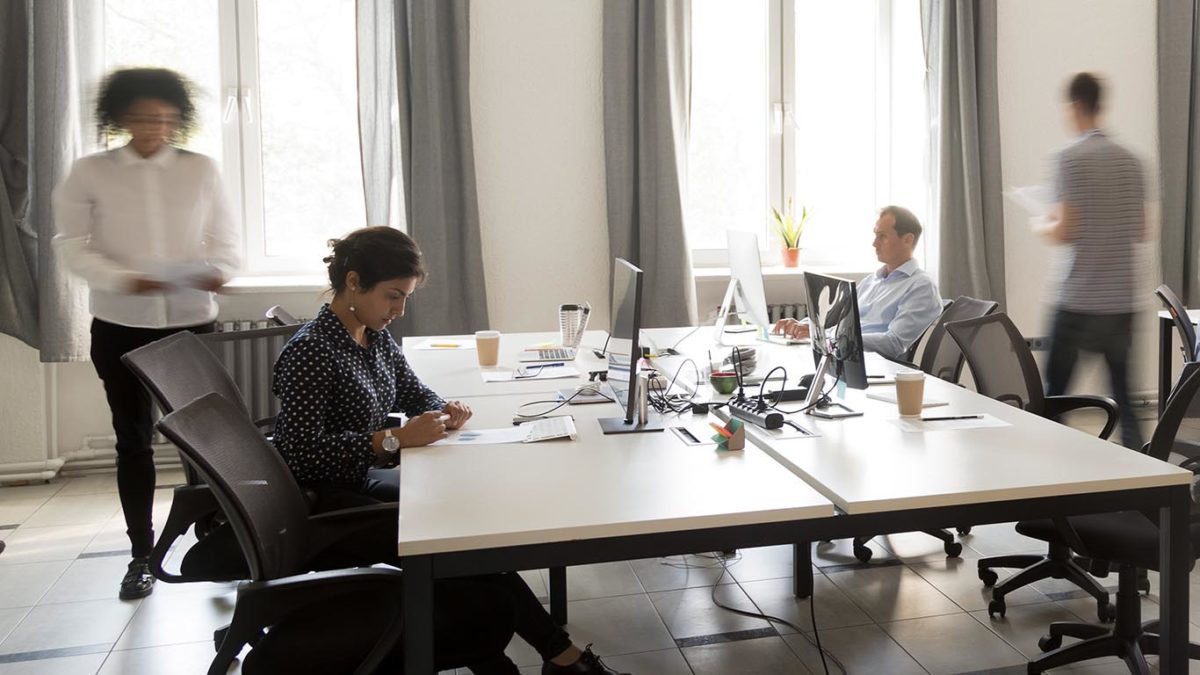By: Greg Copeland, Director of Strategic Business Development at CORT
Planning your workplace needs is entirely different today than it was two, three, even five years ago. Today, office design is a key factor when it comes to recruiting and retaining top talent, as well as creating an engaging atmosphere to maximize the productivity of your workforce.
All are top of mind when planning workspaces, and more importantly, planning your furniture asset mix strategy to support your overall business goals. But how do you ensure your furniture asset mix is aligned with your company’s long-term growth strategy?
What Is Your Furniture Asset Mix?
First, it’s important to understand what exactly is meant by an “asset mix.” When it comes to furniture, your workplace asset mix is the percentage of furniture assets that are permanent vs. the percentage of temporary furniture assets. That asset mix has likely changed over time – and if it hasn’t, well, you might want to keep reading.
Why Has the Asset Mix Changed?
There was once a time when a 25-year lease was typical. Today, the average term maxes around seven years, but most hover around five. Companies large and small are beginning to respond and adapt to the shift into more flexible space options. The driver is engagement, collaboration, and the demand for higher–end amenities within community style workspaces.
To adopt these changes to the workplace, businesses have had to change their furniture asset mix to align with these new, shorter leases. But what is the most effective means of aligning your furniture needs with your real estate vision? How can your company become more flexible and agile to meet the immediate needs of your workforce as it evolves?
What is the Answer?
Most answers to these questions have been ‘we don’t know’. Commercial real estate and facility professionals are aware of the need to change; they also understand their current portfolios (including additional storage space) are full of furniture glut. The glut, in this case, is the abundance of permanent assets standing in the way of an engaging, flexible, and productive workspace.
The answer might be simpler than you think: select, order, use and return. Following these steps, you can easily create a workplace asset management model focusing on usership vs. ownership.
At CORT, we call this Furniture as a Service (FaaS), or a subscription-like service for workplace furniture. It’s a practical approach that changes the way people use furniture in the workplace, as it provides the flexibility that planners require to make changes as market needs change. FaaS also supports the evolving model of flex space, or Space-as-a-Service that we’ve seen in the commercial real estate industry in recent years.
Find Your Sweet Spot
I would love to tell you having a 100% of your workplace furniture asset mix being temporary is optimal, however that’s not realistic. It is also not practical for your asset mix to be 100% permanent.
CORT supports our partners in building out their workplace asset mix strategy by asking the following questions:
- What are the needs of your workforce & business today?
- What are your needs in the future? (engagement, flexibility, productivity)
- How is your current real estate portfolio supporting these needs?
- How is it not supporting these needs?
If you are looking into developing a strategic workplace asset mix to complement and align with your real estate strategy, CORT can help you leverage a new approach to furniture in the workplace through a subscription (Furniture-as-a-Service) model.
Greg Copeland is an industry leader on CORT‘s Strategic Business Development team. He lives in the Midwest and works with customers on a National level. He specializes in helping his clients and their end users with Furniture as a Service (FaaS), a subscription model approach for your workplace.





